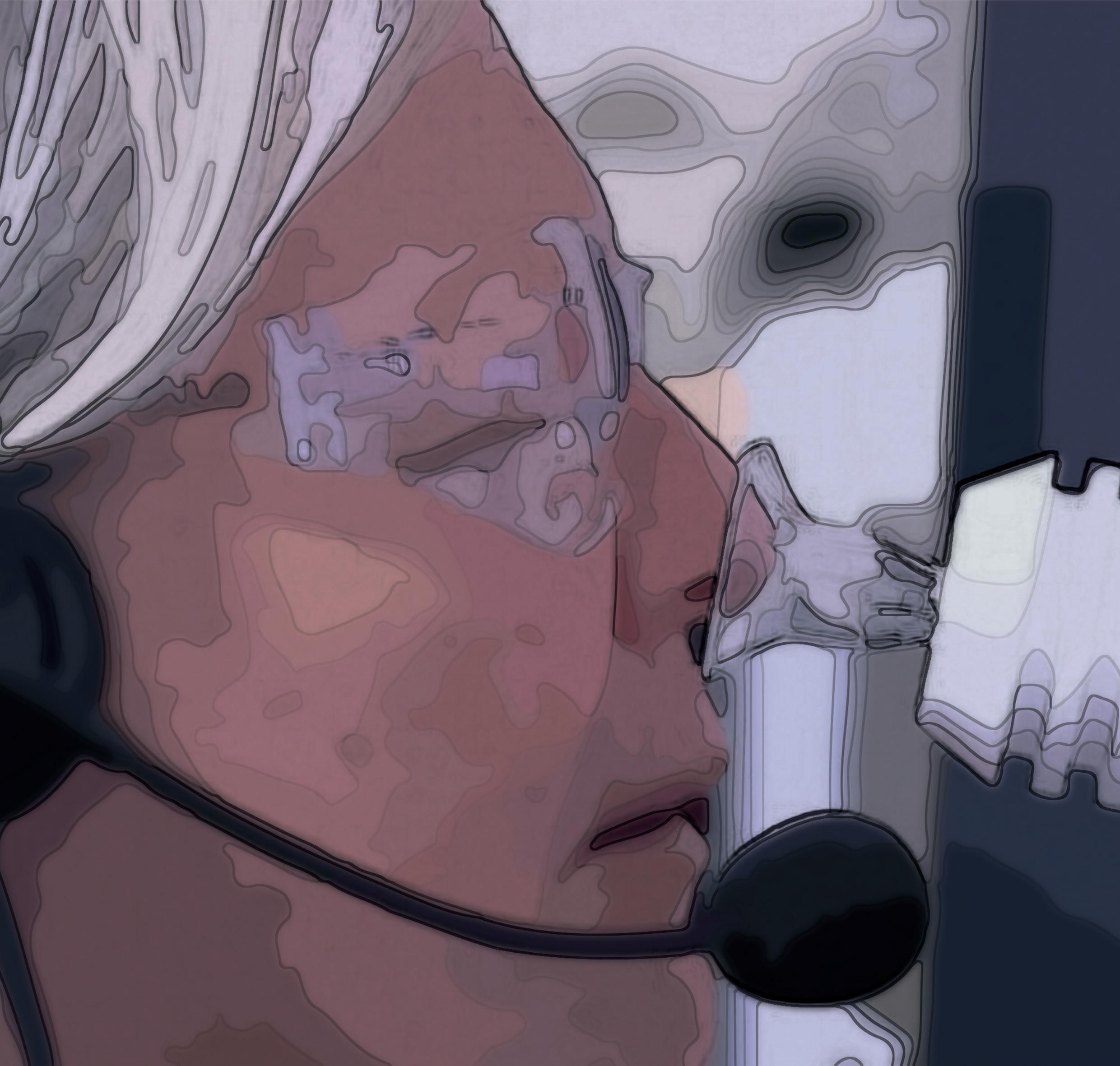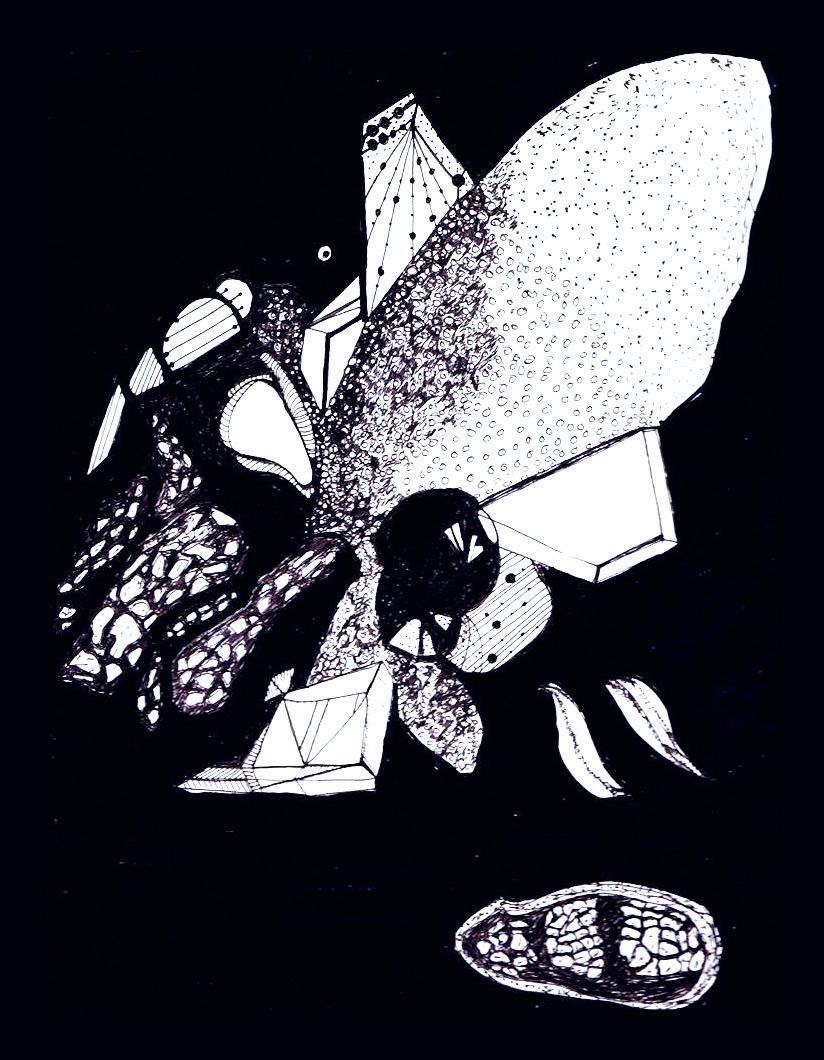
3 minute read
The Rebirth of Clinical Research in Latin America
If I have seen further, it is by standing on the shoulders of giants: this is what has allowed me to see the rebirth of clinical research in Latin America.
by Federico Lerner, MD, PhD
Advertisement
In order to tell the story correctly, we must travel back in time to the late 1980s and early 90s, when clinical research began in the region. At the time, a limited number of researchers sporadically carried out work for colleagues abroad. This activity was unregulated, and continued as such until it began to grow.
Some Latin American countries started to introduce regulations, and several companies (mostly CROs) also entered the region. Physicians began to invest in their sites, creating specific areas for clinical research. Sponsors began including Latin American countries in their development plans, allowing for the first big boom.
This first boom reached its peak in the early 2000´s and continued through the decade, with clinical research growing at a fast pace throughout the region and undergoing significant development.
Thousands of clinical trials were conducted, researchers chose to specialize in clinical research, and new, dedicated in-

stitutions were created. The most important part of this story, however, is that thousands of patients benefited from having the ability to access alternate, innovative therapies and new techniques, devices and medications.
Medical innovations and breakthroughs in research spread throughout the medical community as part of the standard of care (such as RECIST criteria for tumor progression and rating scales for different CNS pathologies).
During these years, the early phases of clinical development were carried out in the region, both in patients and with healthy volunteers. Mega trials (those recruiting more than 15,000 patients) were conducted. Local companies grew and thrived during this period.
Fast-paced growth introduced new regulations, which tended to set the region back. Regulatory processes became more complex, with multiple steps and red tape. The need for more researchers prompted the introduction of people who lacked the proper training and background for the specific area in question. These factors, combined with the competition for studies and patients, caused the region to lose its competitive edge and its ability to deliver.
Quality issues, the financial problems of sponsors, and the longer and more complex regulatory process damaged the region´s reputation, placing a “delay” sign above the first big boom. By the middle of this decade, a new era had begun. Regulations were revised and rewritten, providing expedited evaluations and robust feedbacks for dossiers. The sites able to cope with these changes evolved, becoming more efficient and adaptable to a new research environment. Companies looked favorably upon this new era, and the region has reemerged on their radar.
Research, as it was carried out during that first big boom, has changed: clinical trials are no longer massive, medicine is more personalized, and research is more patient-centric and focused, more purposeful and targeted. Research into rare diseases is the most concrete example of this, but there are others. Once biomarkers expand, this new era will broaden research for disease subtypes.
Predicting the future is a difficult task, but we need to keep in mind our history, the changes we have undergone, and our own capacity for adaptation. Those of us able to understand these changes and adapt to them will most likely have bright futures ahead of us, since we are able to see beyond a particular circumstance or historical moment. As Bernoulli stated in the work of Isaac Newton, “If I have seen further it is by standing on the shoulders of giants.”










